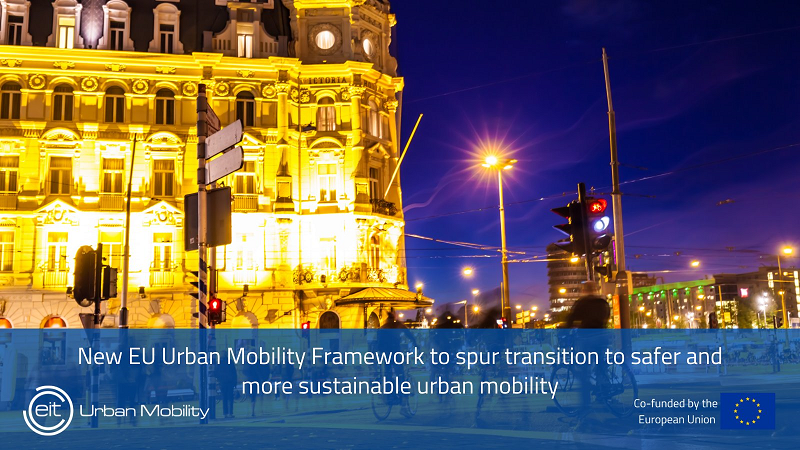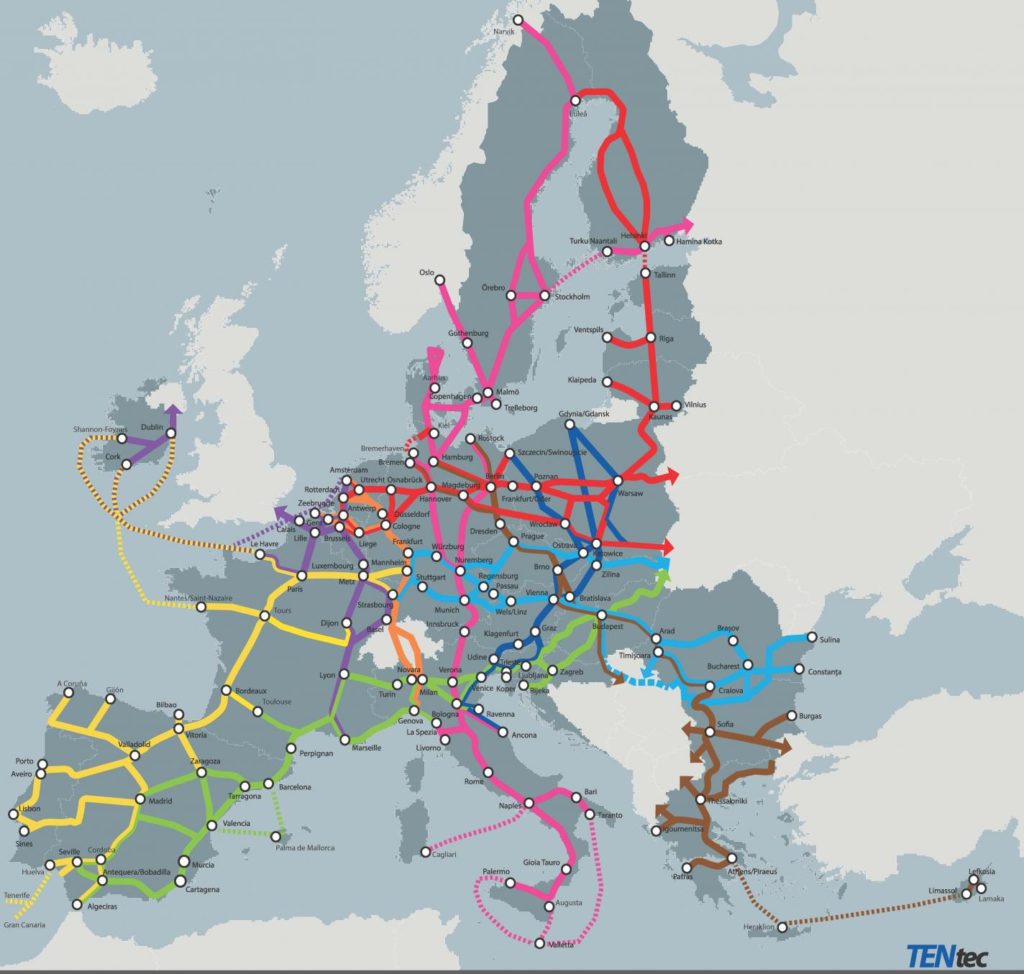New EU Urban Mobility Framework to spur transition to safer and more sustainable urban mobility
The European Commission has released its new Urban Mobility Framework, delivering on the Sustainable and Smart Mobility Strategy Action Plan released in December 2020.

The framework is part of the Package for Efficient and Green Mobility which includes a revision of the TEN-T regulation, ITS Directive and an action plan to boost long-distance and cross-border passenger rail services.
Transportation determines how cities look like, how liveable, equitable and healthy they are. If recommendations are taken on board, the new communication can foster more sustainable urban mobility and is a welcomed push for more action from Member States.
Notably, the Commission plans to strengthen the role of Sustainable Urban Mobility Plans (SUMP) and publish by the end of 2022 a recommendation to Member States on the national programmes to support regions and cities in the roll-out of effective sustainable urban mobility plans that would help achieve EU goals. Further work will be done to refine comprehensive indicators for urban mobility data collection (SUMI), improve zero emission logistics (including data collection) and the safety of micro-mobility devices.
The amended TEN-T Regulation proposes to improve urban mobility in urban nodes as Member States have to ensure better connectivity and multi-modal hubs among others. SUMPs (or an equivalent “long-term, all-encompassing integrated mobility plan for the entire functional urban area,” including indicators and targets to measure progress) will be required for all urban nodes by 2025. The number of urban nodes will also increase, as all cities above 100 000 inhabitants (or capitals of an NUTS2 region) on the TEN-T will be considered an urban node if the proposal is adopted (raising the number of urban nodes to approximately 400 from the initial list of 88). According to the new TEN-T Regulation, urban nodes should also be able to collect data covering at minimum greenhouse gas emissions, congestion, deaths and serious injuries caused by road crashes, modal share for all modes, and access to mobility services.

Dr Maria Tsavachidis, CEO of EIT Urban Mobility stated: “The new urban node approach is a long-awaited one that finally puts the urban dimension at the centre of the TEN-T. Only by tackling local transport we can arrive at the ambitious 90% emissions reduction in 2050. As urban areas grow, they will continue to generate substantial traffic volumes. It is key to be proactive and pre-empt and curb bottlenecks by improving first and last mile connectivity through sustainable and innovative solutions for both freight and passenger transport.’’
The measures needed to achieve the decarbonisation of transport in cities like fleet electrification, modal shift, encouraging more active modes and better mass transit can raise costs and need step wise investments. An EIT Urban Mobility study modelling the urban mobility transition towards the Green Deal goals estimates that European cities need extra investments of € 86bn in sustainable urban mobility compared to business-as-usual, leading to net benefits of up to € 177bn by 2030. Of these net benefits, cities have the potential to generate € 79bn in saved health costs linked to externalities avoided such as pollution and traffic accident fatalities. On average, each euro invested in the transition can generate up to € 3,06 by 2030 (i.e. up to €2,14 in revenues, and € 0,92 in externalities savings).
Watch the relevant video.
Original post: https://www.eiturbanmobility.eu/new-eu-urban-mobility-framework-to-spur-transition-to-safer-and-more-sustainable-urban-mobility/
